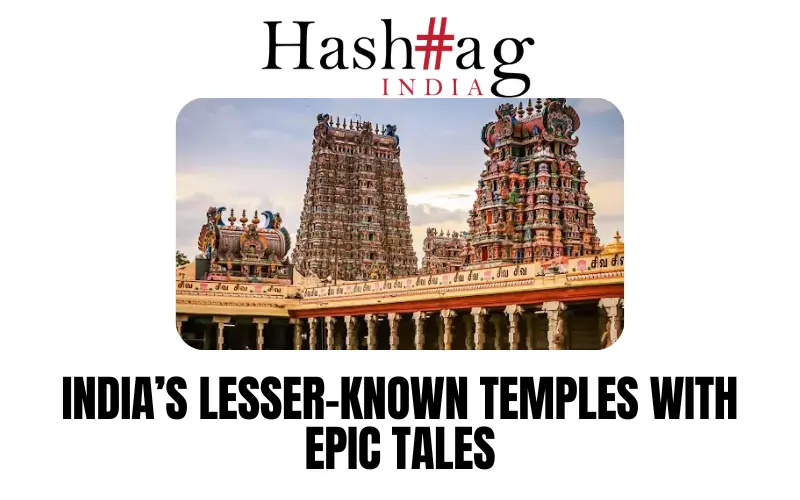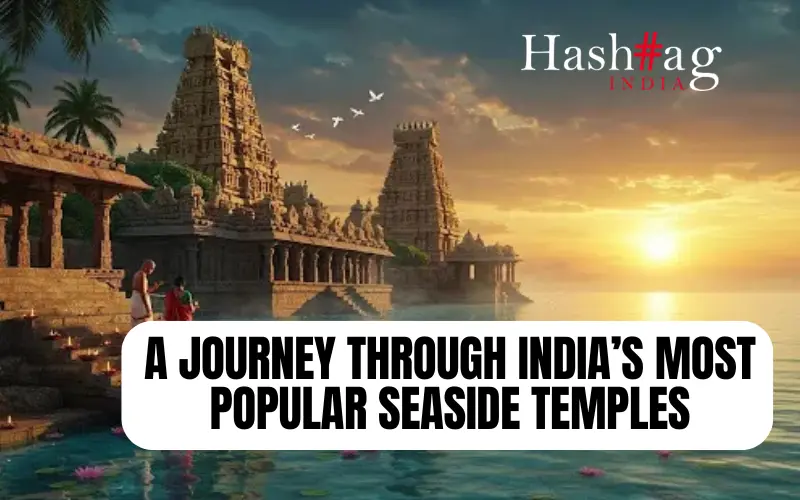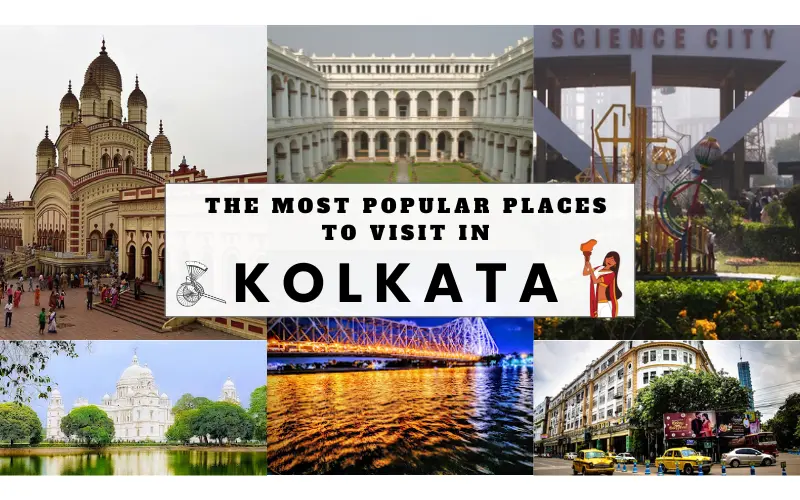Nestled in the southern side of Tamil Nadu, India, Kanchipuram is a city with spirituality and historical significance. Renowned as one of the seven Moksha-puris, or cities of salvation, Kanchipuram is home to many ancient temples that captivate the senses and transport visitors to a world where the divine meets architectural marvels. Dhanush Kumar embarks on a journey to explore the mystical temples of Kanchipuram, each bearing a unique story and architectural style that make them a must-visit for seekers of spirituality.

Ekambareswarar Temple
Our journey begins with the Ekambareswarar Temple, a sprawling complex dedicated to Lord Shiva. This temple, believed to be over 1,200 years old, is one of the oldest in Kanchipuram and one of the most significant. What makes Ekambareswarar Temple genuinely remarkable is its thousand-pillared hall, where each pillar tells a story through intricate carvings.

The highlight of the temple is the ancient mango tree within its premises. Legend has it that the tree changes the colour of its leaves every season, symbolizing the changing nature of life itself. Devotees come from far and wide to seek blessings under its branches.
Kailasanathar Temple

Moving on, we arrive at the Kailasanathar Temple, a masterpiece of Dravidian architecture. Built in the 8th century by the Pallava dynasty, this temple is a stunning example of intricate stone carvings and finely sculpted figures. It is one of the oldest temples in Kanchipuram and is dedicated to Lord Shiva.
The temple’s pyramid-shaped vimana adorned with intricate sculptures is a sight. Each stone bears a tale of devotion and artistic excellence, leaving visitors amazed by the craftsmanship of the ancient artisans. The peaceful ambiance of the temple and the soothing chants within its walls make it a perfect place for meditation.
Varadaraja Perumal Temple
Dedicated to Lord Vishnu, the Varadaraja Perumal Temple is another gem in the spiritual crown of Kanchipuram. This temple is celebrated for its grand architecture and sanctum sanctorum, where the presiding deity, Lord Varadaraja, reclines on a serpent in a cosmic ocean, representing the act of creation.

The thousand-pillared hall in this temple is a visual delight, with pillars adorned with intricate sculptures depicting mythological stories and celestial beings. The temple’s serene surroundings, including a picturesque temple tank, offer a tranquil escape from the hustle and bustle of everyday life.
Kamakshi Amman Temple
Kamakshi Amman Temple is where the divine feminine energy is celebrated in full glory. Goddess Kamakshi, the presiding deity, is believed to be the ultimate source of power and compassion. The temple’s golden Gopuram and intricate artwork create an ethereal atmosphere that evokes a sense of awe and reverence.

Devotees believe visiting Kamakshi Amman Temple can bring blessings, heal ailments, and fulfill desires. The temple’s unique feature is the Gayatri Mandapam, a hall where the goddess is adorned with a garland made of small golden parrots. It is said that praying here can enhance one’s knowledge and wisdom.
Devarajaswami Temple
Our journey through Kanchipuram’s mystical temples would be incomplete without visiting the Devarajaswami temple. Dedicated to Lord Vishnu, this temple is known for its grand architecture and vibrant festival celebrations. The annual Garuda Sevai festival is a spectacle that draws devotees and tourists alike.

The temple’s intricate carvings, magnificent sculptures, and colorful Rajagopuram create an enchanting visual experience.
Conclusion
Kanchipuram, often called the City of Temples, offers a unique blend of spirituality, history, and architectural splendor. The mystical temples of Kanchipuram are not just places of worship; they are living testaments to the rich cultural heritage of India. Each temple has its own story to tell, secrets to reveal, and blessings to bestow upon those who seek them.




























